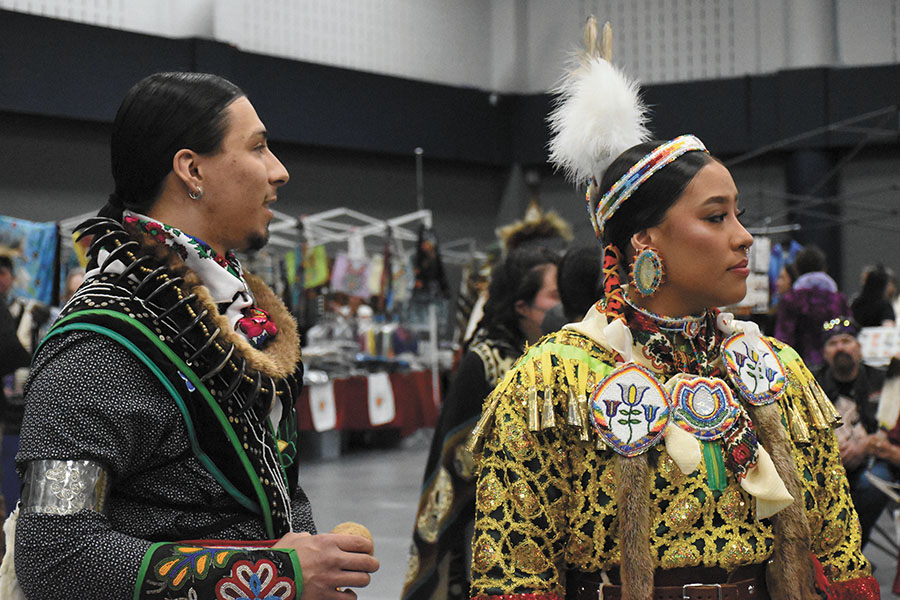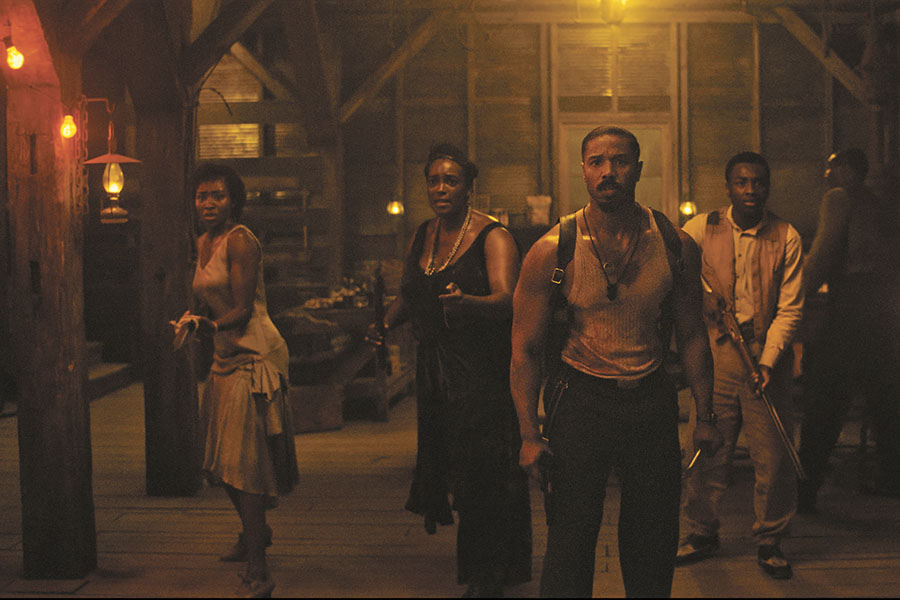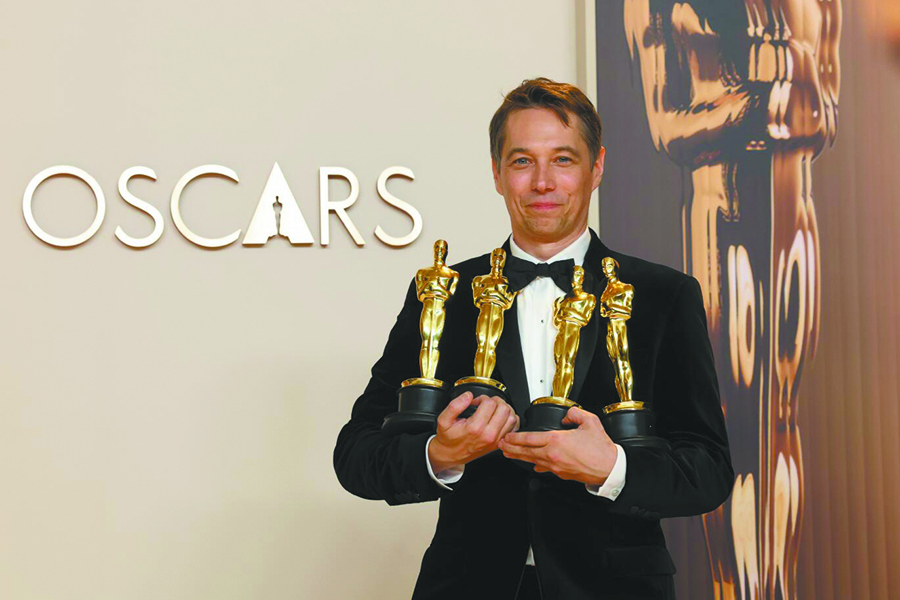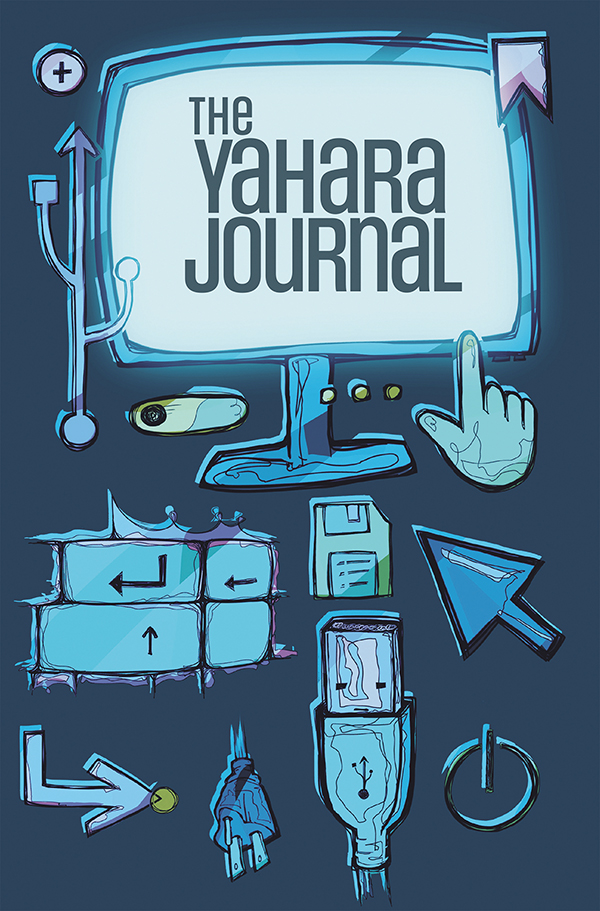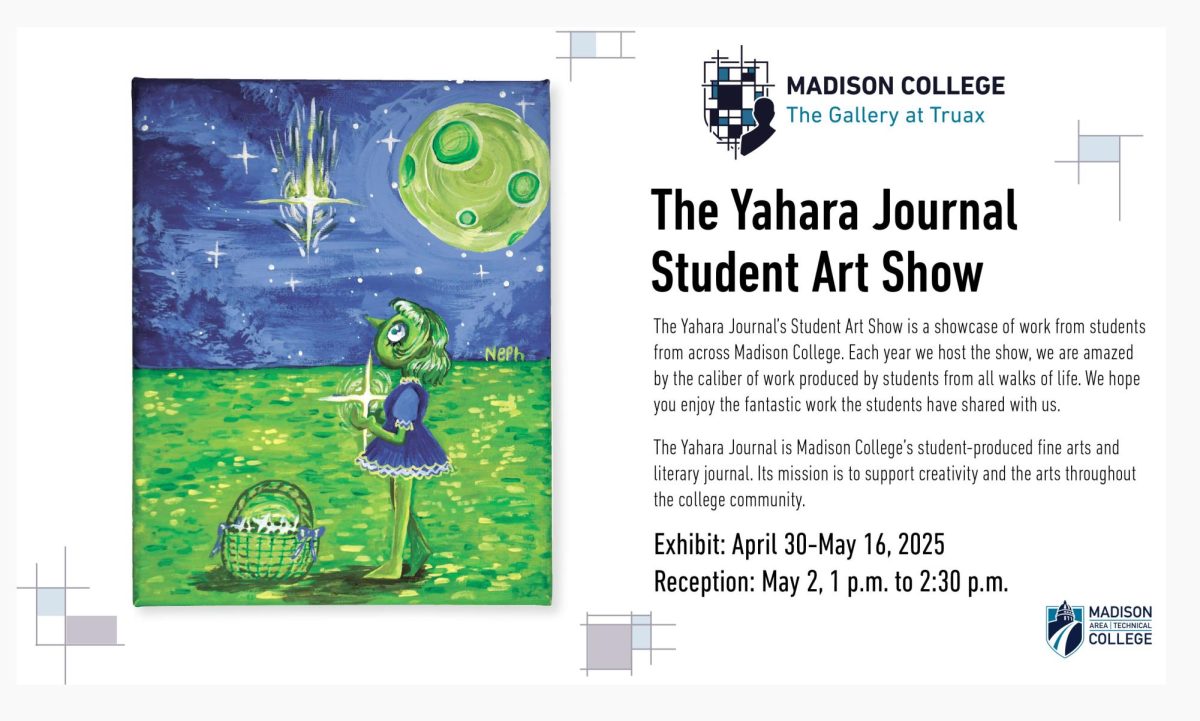‘The French Dispatch’ is charming
If you like good storytelling and journalism, this is a movie to see
January 18, 2022
Fans of Wes Anderson (“Royal Tenenbaums,” “The Grand Budapest Hotel”) need to see his latest film, “The French Dispatch,” which was released this past fall. In fact, anyone who has an appreciation for journalism or the art of short storytelling should see this movie.
Though reviews of the film are mixed, most people agree that the cinematography was beautiful and the all-star cast was stellar.
With the likes of Benicio Del Toro (“The Usual Suspects”), Tilda Swinton (“We Need to Talk About Kevin”), Adrian Brody (“The Pianist”), Bill Murray (“Lost in Translation”) and Owen Wilson (“Wedding Crashers”) gracing the screen, you know you are most likely going to get something good. William Dafoe (“Spider-Man”) also entertains viewers with a guest appearance.
The movie follows a fictional French newspaper (which is loosely based on The New Yorker) and the colorful cast of journalists that work for it. While a brief overview is given about the owner of the newspaper (Bill Murray) and the entire staff that work at The French Dispatch, the movie focuses on the stories of four separate journalists who wrote in the latest issue. Each of the four stories play out as a short story within the larger story of the newspaper.
The first featured story allows us to follow Herbsaint Sazerac (Owen Wilson) as he navigates the fictional French city of Ennsui-sur-Blasé for the travel section of the magazine.
We are then taken to the art section with J.K.L. Berensen (Tilda Swinton) as she recounts the peculiar story of artist Moses Rosenthaler (Benicio Del Toro).
The next section to be featured is the political section, which showcases a story told by Lucinda Krementz (Frances McDormand) that is an ode to the historical French revolts of 1968.
The final column that is referenced is the food section. In this piece we follow journalist Roebuck Wright’s (Jeffrey Wright) strange dinner with a police chief. The film wraps up neatly and in a way that ties all of the individual sections together, creating the whole magazine.
Critics of the film tend to target the film’s jarring pace and clunky style, but those critics fail to see the point that Anderson was trying to make as a director. Anderson referred to “The French Dispatch,” as a love-letter to journalists. The entire film pays tribute to the time of The New Yorker, and similar publications in their heyday. He even plays with color and relays parts of the story in cartoons, as an ode to old newspapers and the cartoonists that contributed to publications through illustrations.
Anderson didn’t slop together “The French Dispatch” without thought, instead he carefully curated every detail for a reason. If you do watch the film, I highly recommend that you do a little research into Wes Anderson’s vision as there are a lot of fun easter eggs for history buffs and journalists alike.
While “The French Dispatch” may not be everyone’s cup of tea, it is a fun, beautiful movie to watch that incorporates plenty of humor. Part of the movie’s charm is that it doesn’t take itself too seriously and the absurdity is what brings the movie to life.
The next time you are looking for a movie and are tired of the same old thing, I highly recommend you give this one a go. Even if it doesn’t end up one of your movie favorites, it’s a great conversational piece with a lot to offer.








